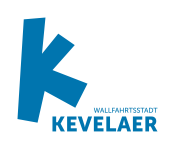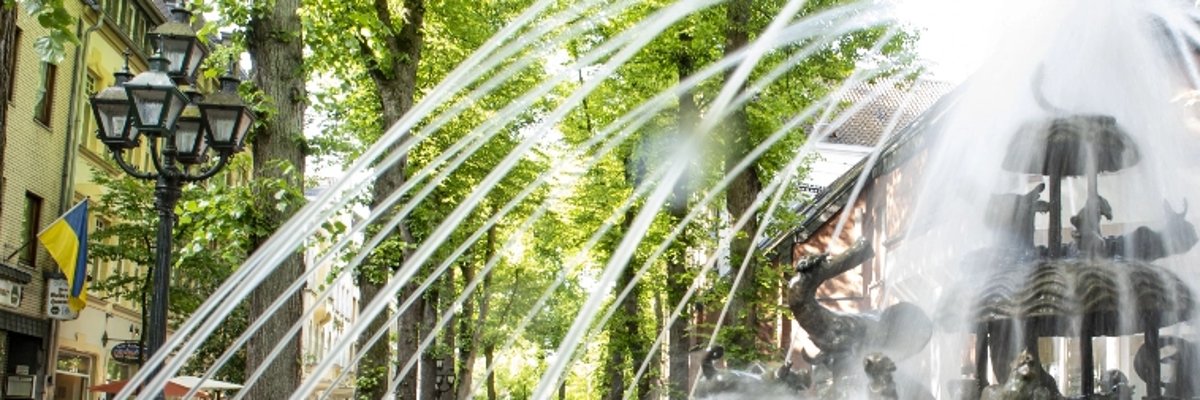Building greening
The greening of roofs and façades has positive effects both in terms of climate protection and adaptation to the consequences of climate change. Rainwater can be temporarily stored and evaporated on site. At the same time, greenery has insulating properties, which can save energy and heating costs in winter and keep the building cool in summer.
What are the advantages of greening a building?
The Bundesverband GebäudeGrün (BuGG) e.V. explains the advantages and basic principles of green roofs and façades in its technical information. We also recommend taking a look at the BuGG's publications on the subject.
You can also find a wealth of information on the greening of buildings and the living environment on the website of the " Mehr Grün am Haus " project of the NRW consumer advice center.
Is my building suitable for a green roof?
The green roof register of the State Office for Nature, Environment and Consumer Protection (LANUV) of North Rhine-Westphalia gives you an initial indication of whether your roof area is suitable for greening. To do this, enter your address in the search bar and then click on the relevant roof area. Once you have selected the roof sections relevant to you by clicking in the white boxes, you can start the calculation of the green roof potential. You can open further information on the cadastre and the legend using the buttons at the bottom right of the page.
Does the installation of a green roof affect the precipitation charge?
Yes, instead of one hundred percent, only thirty percent of the area is charged for the precipitation fee for existing greenery. In order to recalculate the fees due, the changed square meter values must be communicated to the municipal utilities, including information on which part of the building has been greened. To do this, please contact Mr. Groterhorst at philipp.groterhorst@stadtwerke-kevelaer.de.
Are greening buildings subsidized?
The funding program of the pilgrimage town of Kevelaer for roof and façade greening expired on 31.12.2023.

